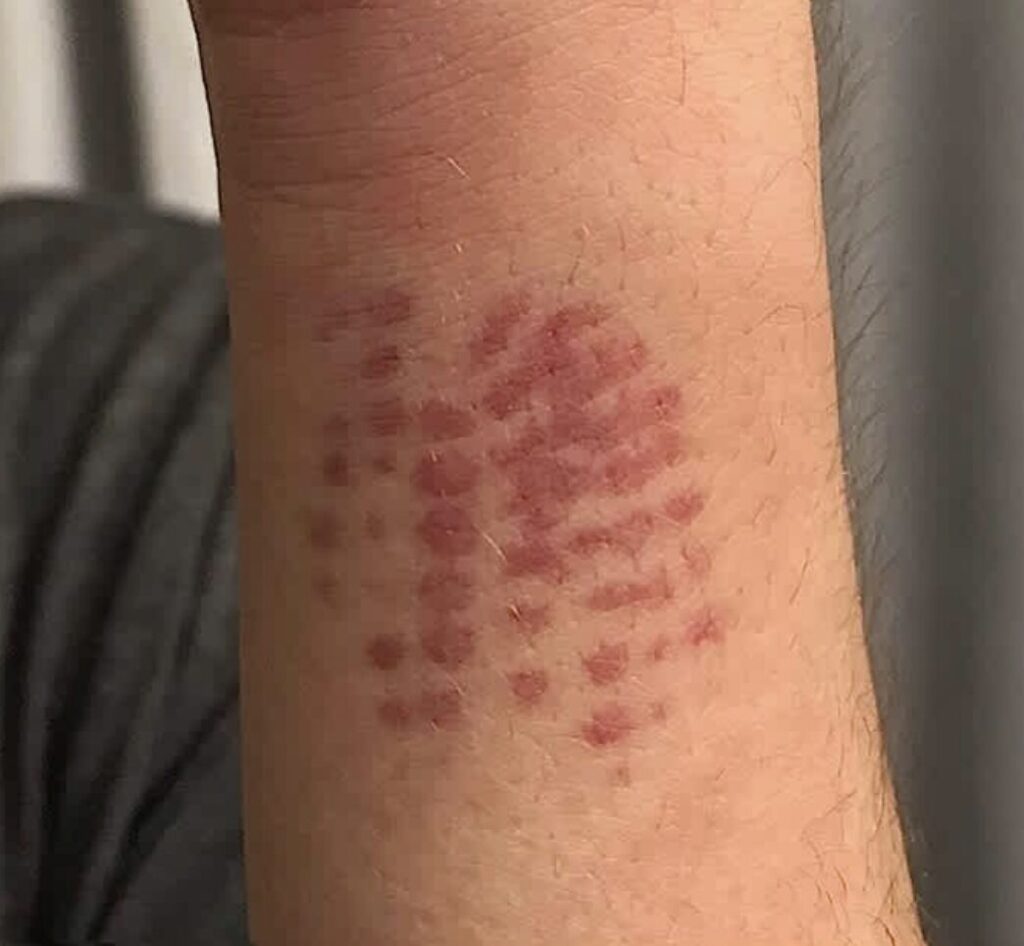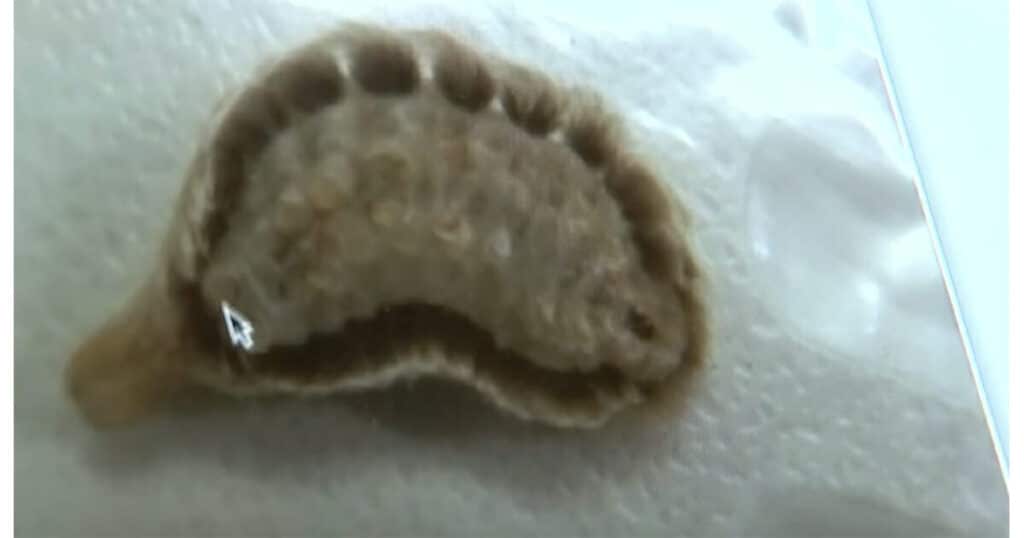If social media has brought us closer in any meaningful way, it’s in how quickly warnings can spread—sometimes in time to make a real difference. That’s exactly what one mother hoped to do when she shared a startling experience that landed her teenage son in the emergency room after a seemingly harmless afternoon of outdoor volunteering.
It all began when 15-year-old Logan Pergola was gathering tree branches as part of a community service project. Everything seemed routine—until he felt a sudden, sharp sting on his arm. At first, it didn’t seem like anything major. But within minutes, a strange red, grid-like pattern appeared on his skin. The irritation quickly escalated into a spreading rash that climbed from his arm to his chest. Before long, the area was radiating with intense, burning pain.
Logan began to feel dizzy. His complexion turned pale. Alarmed, his mother, Andrea, did what many of us might do—she attempted home remedies. She washed the site and applied garlic, which is often believed to draw venom from insect stings. But despite her efforts, Logan’s condition only worsened.
The family’s concern grew, and it was Logan’s grandfather who stepped in to investigate. Wearing protective gloves, he managed to find and safely capture the culprit—a fuzzy, unassuming caterpillar. It looked almost harmless. In fact, its fuzzy body might have struck some as “cute.” But a quick search revealed otherwise.
The insect was identified as the asp caterpillar, also known as the puss caterpillar. Despite its innocent appearance, it’s one of the most venomous caterpillars in North America. What makes it especially dangerous is that it doesn’t look threatening, which means children—or even adults—may pick it up without hesitation.
Andrea didn’t waste any time. She rushed Logan to the ER, where doctors were able to properly treat his reaction. But the experience left her shaken—and determined to spread the word.
In a Facebook post that quickly gained traction, she wrote:
“Please research this caterpillar, be aware of it and make your kids aware of it. It is not native to Florida, but to Texas, and just happens to live here now. Please if you are stung or your kid is stung, get to the ER and let them treat you. I can assure you — we didn’t realize he had been stung so many times and normal over-the-counter Benadryl would not have treated this at home.”
Logan’s story is a reminder that not all dangers in nature come with warning colors or loud noises. Sometimes, the most innocuous-looking creatures can pose real threats. What made Andrea’s warning so powerful wasn’t just the urgency—it was the honesty. She admitted they didn’t recognize the danger until it was nearly too late. She didn’t want another family to go through the same uncertainty and fear.
And while Logan’s condition improved with prompt medical attention, his ordeal offers a valuable lesson: even a simple outdoor chore can come with unexpected risks. Especially as certain species—like the asp caterpillar—expand their habitats due to changing climates or accidental relocation, it’s more important than ever to stay informed.
Social media gave Andrea a platform, and in doing so, gave thousands of parents a heads-up that could prevent future harm. Her message was clear:
“Knowledge could be the thing that saves your child’s life.”
If you’ve ever come across a strange insect or experienced an unusual reaction to a bug bite, it’s always better to err on the side of caution. What seems harmless could have hidden consequences.
Let this serve as a powerful reminder: stay curious, stay cautious, and never underestimate the reach of a mother’s instinct—and a well-timed post.







